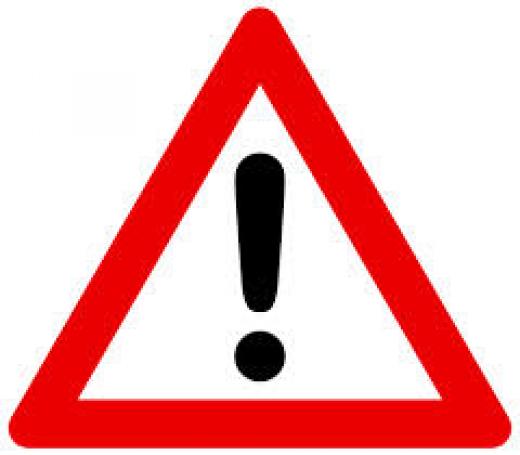New Zealand Mudsnails in Black Earth Creek / Wisconsin's waters
What follows is an e-mail which was sent to all Wisconsin TU leaders this morning. Please feel free to post any pertinent information as a comment to this post.
++++++++++++++++++++++++++++++++++++
Dear Wisconsin TU Leaders and Friends:
As many of you know, New Zealand Mudsnails have been found in Black Earth Creek, to the west of Madison. This is very bad news.
This finding highlights the need to clear our equipment and to do everything we can to prevent the spread of invasive species.
Attached is a Practice Clean Angling Document, and a link to a Youtube video with an equipment cleaning demonstration. http://youtu.be/LPlRYsqNxJo
I fully realize that cleaning equipment is dreary work, but the truth is that most of us probably spend more time during our fishing trips standing in front of fly displays trying to pick a good pattern, or in the cooler section trying to pick a good beer for the day’s end than it would take to just clean our equipment and be a part of the solution. Let’s keep that in mind as we do our part to stop the spread of invasives. We don’t want these things anywhere else.
Below is an e-mail exchange that Ms. Laura McFarland of the River Alliance of Wisconsin has authorized me to distribute. Please read on, and disseminate as you will.
Thanks for all that you do for Wisconsin Trout Unlimited.
Henry E. Koltz
+++++++++++++++++++
Begin Forwarded Message
+++++++++++++++++++
That would be fine. Would you add a link to the YouTube video and the attached PDF while you are at it? The PDF is a publication that I had available at the council meeting which has been updated since we detected NZMS in BEC.
Practice Clean Angling Demonstration: http://youtu.be/LPlRYsqNxJo
Thanks.
On Wed, Nov 6, 2013 at 11:51 AM, Henry E. Koltz <hek@sdelaw.com> wrote:
Can I forward our exchange to the whole council?
- hek
From: Laura MacFarland [mailto:lauramacfarland@gmail.com]
Sent: Tuesday, November 05, 2013 11:52 AM
To: Henry E. Koltz
Subject: Re: New Zealand Mudsnail Question
Hello Henry,
You are probably going to be sorry you asked.
Based upon a literature review I conducted about 2 years ago, this is what I have read about these little buggers......
They tolerate physical habitat disturbance and pollution (ie. agricultural land-use disturbance, bank erosion, fine sediment, and elevated levels of nutrients. In fact, they benefit from high
nutrient flows allowing for filamentous green algae growth.
It occurs amongst macrophytes and prefers littoral zones in lakes or slow streams with silt and organic matter substrates, but tolerates high flow environments where it can burrow into the sediment . Thus far we are finding them predominately in silted areas within BEC.
Their survival can be correlated to conductivity. However, based upon a preliminary review of water quality data available in the WDNR Surface Water Integrated Monitoring System (SWIMS) database, conductivity will not be limiting factor to the spread or establishment of P. antipodarum in the Lower our area.
They are capable of tolerating a wide range of temperatures with upper thermal limits of 93°F and lower thermal limits near freezing. They mature earlier and produces significantly more offspring at water temperatures of 64°F than at 53°F. There is a study suggesting that they will not reproduce in water temps higher than 75°F.
Freshwater systems that are supplied mostly from snowmelt runoff, or have a high water velocity usually do not have a high density population. Mudsnails tend to proliferate in cool springs and spring creeks, as well as in waters with moderate winter temperatures. Populations of
NZMS decrease during winter, but average water temperatures as low as 7°C has been found to not
prevent survivorship, growth or reproduction of P. antipodarum in the greater yellowstone area
So, in summary they should do just fine in our trout waters. Although, we are unsure how great their impact will be. It will likely vary from system to system. There is a chance that the impacts will be very minimal OR we might start seeing a decrease in the size and number of our catches. No one is quite sure what to expect, but we do know that we should contain them to the best of our abilities.
David Rowe with WDNR fisheries is taking this quite seriously. I will continue working with him and many others at the department to make sure we do the best we can to get the word out to everyone.
Here is a link to our complete literature review: http://www.wisconsinrivers.org/images/stories/pdf/lwrb_ais/appendix_d.pdf
Laura
On Mon, Nov 4, 2013 at 3:43 PM, Henry E. Koltz <hek@sdelaw.com> wrote:
Is there anything that stops these buggers (i.e., water temps, water ph, anything like that)?


